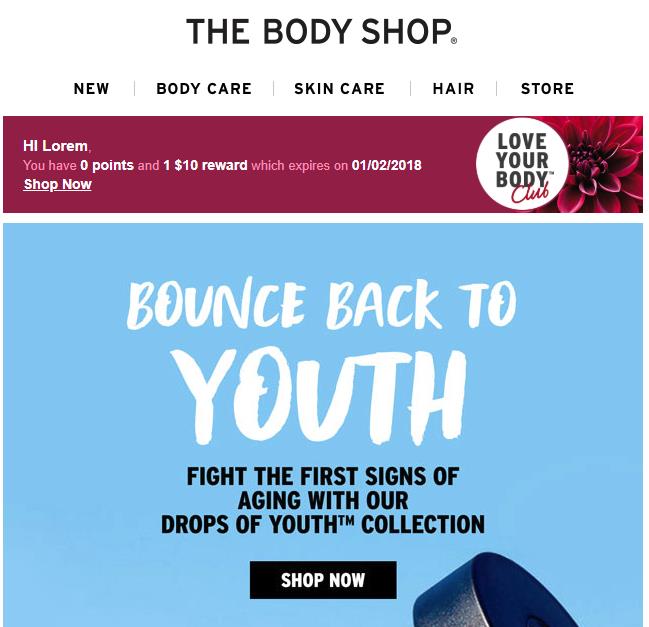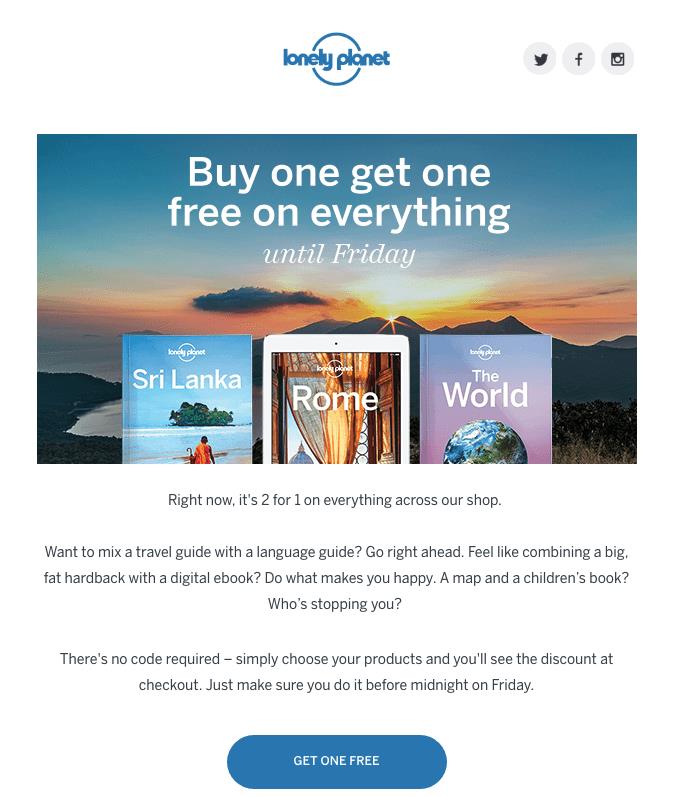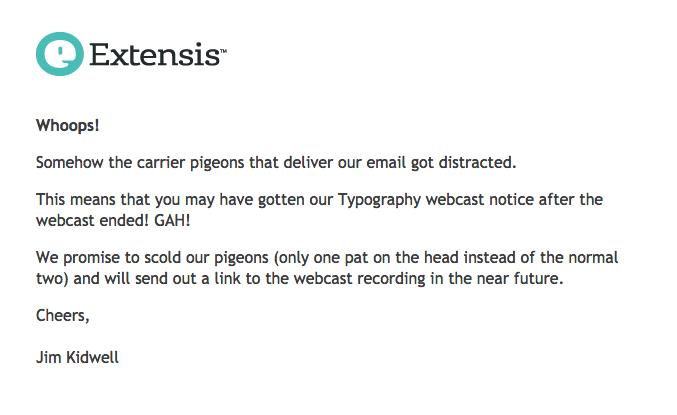How Your Retail Business Can Make Emails More Effective
By Victoria Greene, Victoria Ecommerce

It’s easy to fall into the trap of overlooking your email marketing in favor of other forms of advertising. However, when utilized effectively, email can be an essential part of any retailer’s overall marketing strategy.
Email marketing has an average $44 return on investment for every dollar spent on it — a figure four times higher than other marketing channels such as social media and paid search. And we all know how valuable those retargeting emails can be for recuperating lost sales.
With email offering businesses such a significant return, retailers can’t afford to miss out. As such, it’s vital that to join the 89 percent of marketers who now use email as their primary marketing channel for lead generation.
Here are just a few examples of how you can take your emails further to positively impact your retail business.
Integrate Offline And Online Purchases
With the rise of ecommerce and the digital sphere, it can be easy to get distracted by focusing on the nitty-gritty of online customer data capture. It’s easy to track and can provide you with useful insights into how your customers are behaving and buying online.
However, as more stores move towards a brick-and-click model of business, it’s equally important to capture offline purchases too. This can provide you with even greater insight into your customers, and integrating it with your online data can contribute towards your retail clienteling.
Combining both online and offline consumer data across a variety of different channels (ecommerce, in-store, mobile, catalog, etc.) deepens the relationship between you and your customers. With increased insight comes increased targeting capabilities. That means you can send emails that contain information useful and relevant to your customers such as loyalty points or special offers on products you know they love.
The British cosmetics retailer The Body Shop is particularly good at this, sending only helpful and actionable news and offers.

Image MailCharts
The succinct summary of the customer’s loyalty points and rewards is right at the top of the email for quick reference, and a new collection announcement is featured underneath. Both pieces of information are useful and actionable, with no superfluous filler.
Focus On Value
Things such as in-store offers, in-store customer service, and product range are all vital aspects of your retail business, and naturally you treat them with the importance they so rightly warrant. They all contribute to a unified brand experience, and as such they deserve to be centerstage.
However, your emails also play a significant role in your brand’s perceived value. It’s a channel that deserves to be taken seriously, both from a value and a customer experience perspective. As such, you need to think deeply about the context and content of your email marketing. Email is a useful channel of communication that can create deeper meaning.
Creating emails that proffer tailored content can add further value. Rather than simply targeting everyone with the same email message, curate and segment your stock and offers into compelling customer value propositions.
To that end, consider what your different customer groups need or can benefit from. Maybe it’s a new product collection, or flash sale that ends soon — like travel publisher Lonely Planet have done below.

Image Really Good Emails
What you send out will depend on the type of retail business you operate and your individual customers. Consider their wants, needs, or interests, and ensure your email content matches that accordingly.
Emails At-Scale
Email is a useful and effective channel in your marketing strategy. But as your business grows it can be hard to scale your email campaigns along with it — unless you implement personalization and automation. These methods can help save you time, money, and significant effort, and can be very affordable depending on the tools you choose.
To that end, look into using retailer email platforms to create workflows and recipes for your marketing campaigns. The email software can then automatically send relevant and targeted emails to specific recipients following a given action:
- These actions can include events such as abandoned carts, after which a follow-up email is sent to remind the shopper or the purchase.
- Alternatively, an email containing a discount code or voucher can be sent to a customer following an anniversary of an event, such as their first purchase or their birthday.
- Emails can even function on variables such as the weather. For example, if it is particularly rainy in a certain customer’s area, a clothing retailer could send an email containing a selection of umbrellas.
Leave generic stock photos behind and create customized images with a photo editor to further personalize your emails. You could insert a branded photo of an iconic regional landmark for a consumer in a specific region, such as the Space Needle for a Seattle resident.
Retargeting — The Classy Way
A customer’s email inbox (indeed, everyone’s inbox) is constantly bombarded with enthusiastic marketing emails, all imploring them to buy, buy, buy. Competition is fierce, and every retailer wants a slice of the pie. It can be intensely stifling, and consumers might even switch off when faced with such a deluge of marketing emails.
To stand out from the crowd, your retail business needs to take a different tack. Injecting a little humor into your marketing is a highly effective means of reaching through the marketing noise and grabbing your customer’s attention.
The email below from software company Extensis, while not specifically promotional, shows how humor can be used to defuse a situation and get a message across in an engaging way as well.

Image Really Good Emails
As effective as humor can be, so too can storytelling — give your email marketing an edge against your competitors. Stories can engage your audience in a way that nothing else can. It could be a tale of how your business got to where it is today, or it might be a story from someone who benefited from one of your charity initiatives.
Telling a story that is interesting, or emotional, or intriguing, serves as a useful means of selling to your customer indirectly. By hooking them with a story, you can use it as a springboard for further engagement with your business.
Multichannel Strategy
Ultimately, a retail business is only as good as its marketing, and an effective marketing strategy consists of a variety of channels. Print ads, social commerce, mobile apps, word-of-mouth — they all go towards a wide-reaching and fruitful strategy, and email is a key part of it.
Implementing a multichannel strategy means creating a single, centralized view of the customer. They will engage with your business in a variety of different ways, so your strategy should follow them across all channels.
Ensuring your email marketing works in conjunction with other channels creates a campaign that works fluidly and effectively. Once you know which channels are most fruitful, you will know how and where to allocate your budget most efficiently.
As a retail business, your marketing is of vital importance, and email should be at its core. However, it is just as crucial that you expand your email marketing to take it further for your brand. Ensure each email is of value to your customer, and deploy automation for efficiency. Finally, ensure it forms part of a multichannel strategy to get the most out of your marketing.
About The Author
Victoria Greene is a freelance writer based in Chicago. She has a passion for all that is digital, and regularly posts on her blog, Victoria Ecommerce, her thoughts and news on the developments in the world of ecommerce, marketing and branding.
